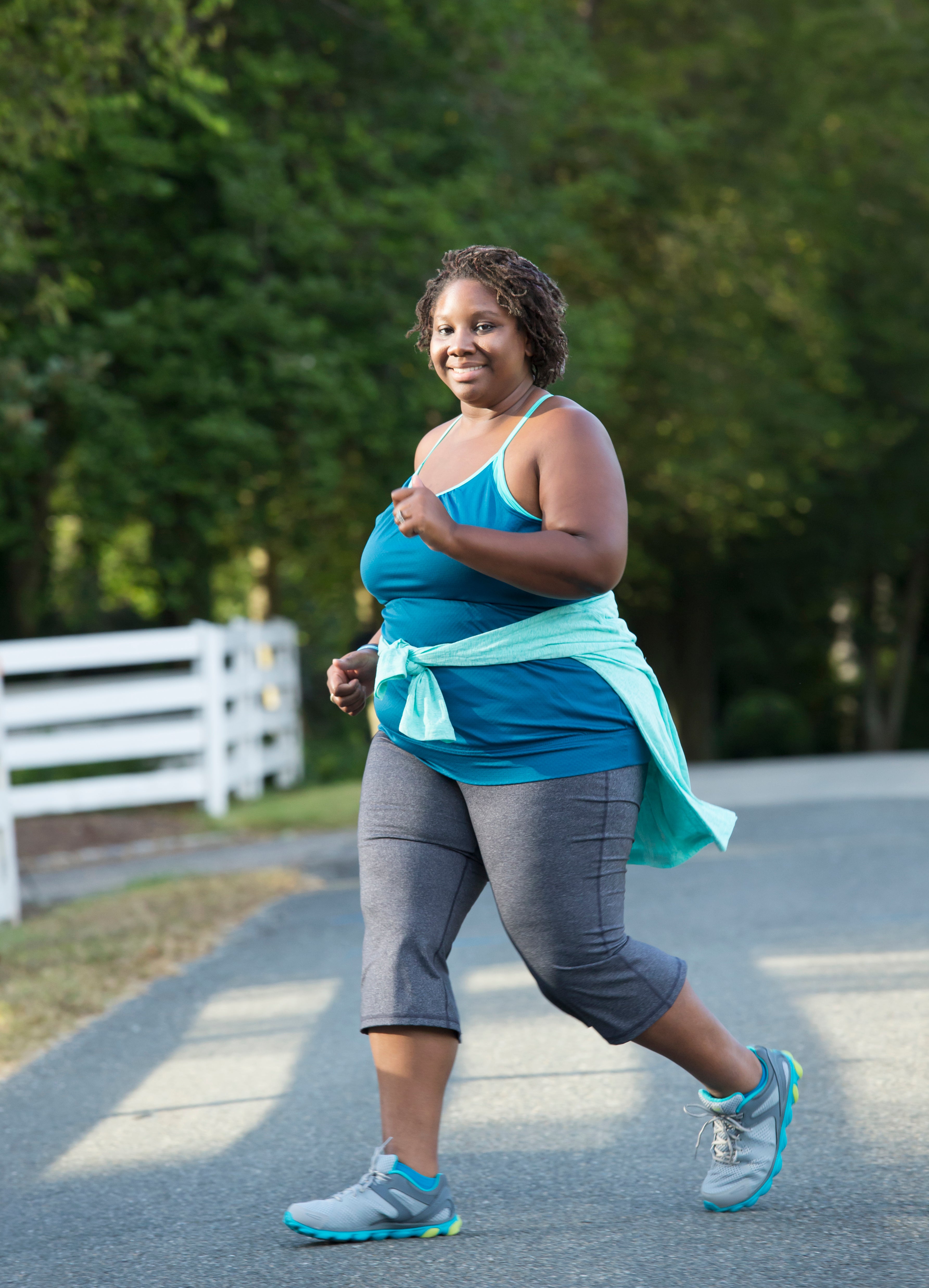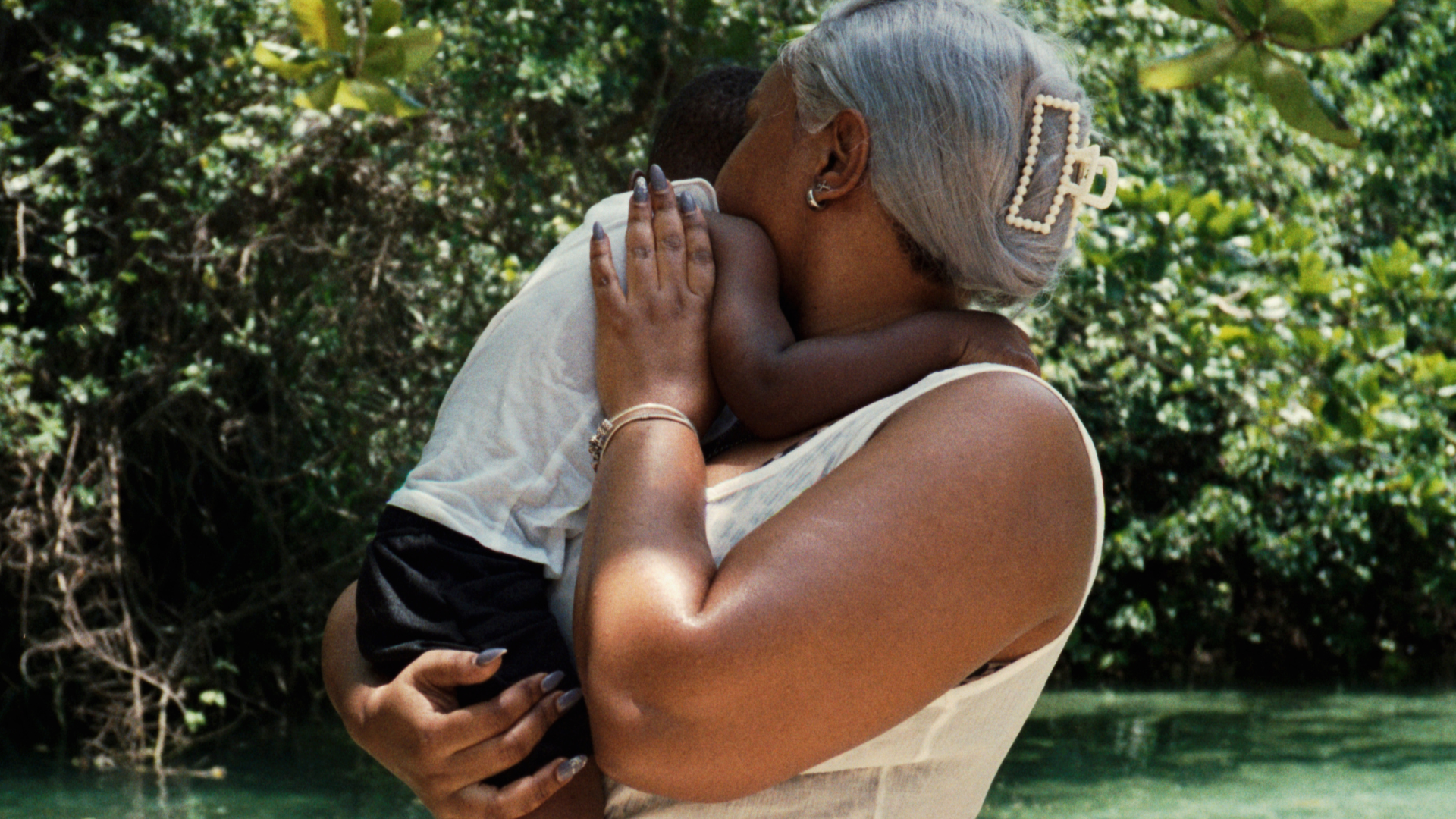
As we all know, the COVID-19 pandemic is creating medical, financial and mental strain across the world. The disease is now the leading cause of daily deaths in the United States. SARS- COV-2, the virus that causes COVID, is highly contagious and effective in its spread. This is why social distancing and isolation are very crucial in reducing the spread and flattening the curve for our healthcare systems.
As our experts will address at the upcoming ESSENCE Wellness House virtual summit on May 8, our (hopefully temporary) new normal of social isolation has unintentionally increased sedentary behavior, such as spending a prolonged amount of time sitting, while either working from home, relaxing with Netflix, or catching up on much-needed rest.
How this puts us at risk:
This lack of physical movement can lead to decreased blood flow and allows gravity to cause blood to pool in the legs, putting anyone, even healthy people at risk for two conditions.
One of them is the formation of deep vein thrombosis, otherwise known as DVT, which is a blood clot in the legs. Symptoms include pain, redness or swelling of the calf. The second condition is called pulmonary embolism, or PE, which is a blood clot in the lungs that may have traveled from the legs. PE symptoms could be similar to those of COVID — sharp chest pain, trouble breathing, and in severe cases, sudden death without warning. Of note, doctors have also noticed that COVID can cause an increased risk of clotting in various parts of the body.
Why a clot forms:
A clot can form when there is a decrease in blood flow, an increased tendency of blood to thicken, or damage to the wall of blood vessels. Often, it happens due to recognizable reasons. These include sedentary behavior, or even long periods of travel, such as an 8-hour flight or long car ride. Taking hormonal supplements including birth control pills, especially combined with cigarette smoking, or having active cancer, can also raise the risk of blood clots. In some cases, genetics also plays a role. However, there are some people who have no reason that doctors can find as to why a clot formed.
Treatment:
Medications that thin the blood are usually prescribed to prevent further blood clots, allowing the body to naturally break down the clots. In critical cases, medications that actually break the clots into pieces are used, or a specialist can retrieve the clots from the person’s leg or lung.

So, what can you do?
- Take breaks if you find yourself sitting for prolonged periods of time.
- Incorporate exercise into your routine. Even peaceful walks go a long way.
- Keep hydrated. Aim to drink 64 ounces of water a day, or more if you are sweating, feverish or in hot climates.
- Reduce smoking, especially if you are taking hormonal birth control that contains estrogen.
- Perform specific leg exercises, for example, flexing and pointing your foot to cause your calf muscle to tighten and release.
- Wear compression socks, which I also recommend for traveling.
What is scary is that there has been an increased number of people dying at home recently, especially in states like New York. It will be impossible to know if they were all from COVID unless there is post-mortem testing (testing after death). However, it is suspected that some of these could be from delays in seeking health care due to concern of overcrowded ERs and fears of contracting COVID at the hospital.
So, if you are experiencing any of the symptoms described above, please call your local emergency room ahead of time, call 911, or go in for further evaluation.

Dr. Kukoyi is a certified ER and trauma doctor with expertise in medical education, consulting and public health. She is also the founder of The M. Kukoyi Foundation, a nonprofit with goals of improving healthcare and youth education. Kukoyi is the recipient of several national awards, and her passions include global health, public education, and training our next generation of doctors. You can find her on Instagram or Twitter: @mobolzymd











